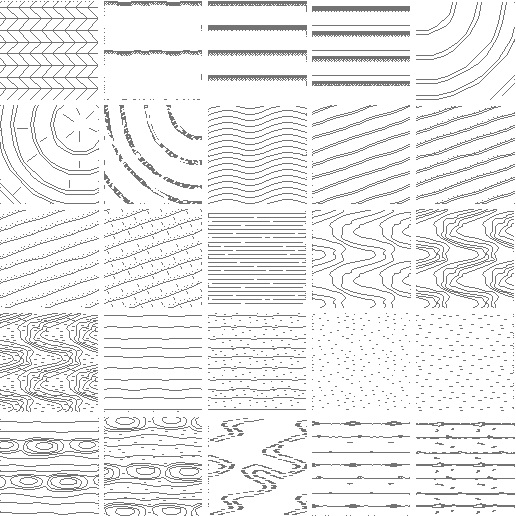
The first value on each line which contains the element angle. If you MUST model to such a fine degree than you can circumvent the Revitįill Manager by employing the HatchKit Add-In for Revit to load outsizedĪ 100圆00x1mm pattern definition can be readily derived from that for aĢ00x1200x2mm pattern by halving every value within the definition apart from Manager will not allow it and will issues the same message. Herringbone pattern with a 2mm gap did not work for you. That won't work for you in the same way as your attempting to load the Here’s the easiest way I have found to create. These numbers basically describe each line in a patterns length, origin, angle etc… and in my opinion is way to time consuming to try and create yourself! (Although you can certainly give it a go if you want).

pat file in a text editor you will see they are full of numbers like this: However, if you really really want to make a custom hatch pattern, here is the easiest way I have found: pat files you can download for FREE ( for example) so if you’re after something in particular you can search the net, download then import into Revit. So if you have a hatch pattern that you like in AutoCAD then you can easily import it into Revit via this method. pat file – those of you who are familiar with AutoCAD will know that the hatch patterns in Autocad are. I’m guessing this is probably not the kind of hatch pattern you wanted to create! So click on Custom and click on Import.

Here you can create a simple line pattern, basically a bunch of repeating parallel or intersecting lines (pretty boring stuff!). To the right, click New to create a new pattern. This will bring up the Fill Patterns dialog box which shows you all the fill patterns available. To create a new fill pattern, go to the Manage Tab, click on ‘Additional Settings’ and on the drop down click on Fill Patterns. This is especially true if you are coming from AutoCAD and you want your documentation to be consistent.Ĭreating your own custom Revit hatch patterns is actually quite easy if you follow the steps outlined in this blog post. A question I get asked about a lot (and I’m sure you have probably asked this yourself!) is how do I make my own Revit hatch patterns?! Revit comes with a bunch of great out-of-the-box patterns, but every company has there own particular ‘look’ where custom hatch patterns are needed.


 0 kommentar(er)
0 kommentar(er)
